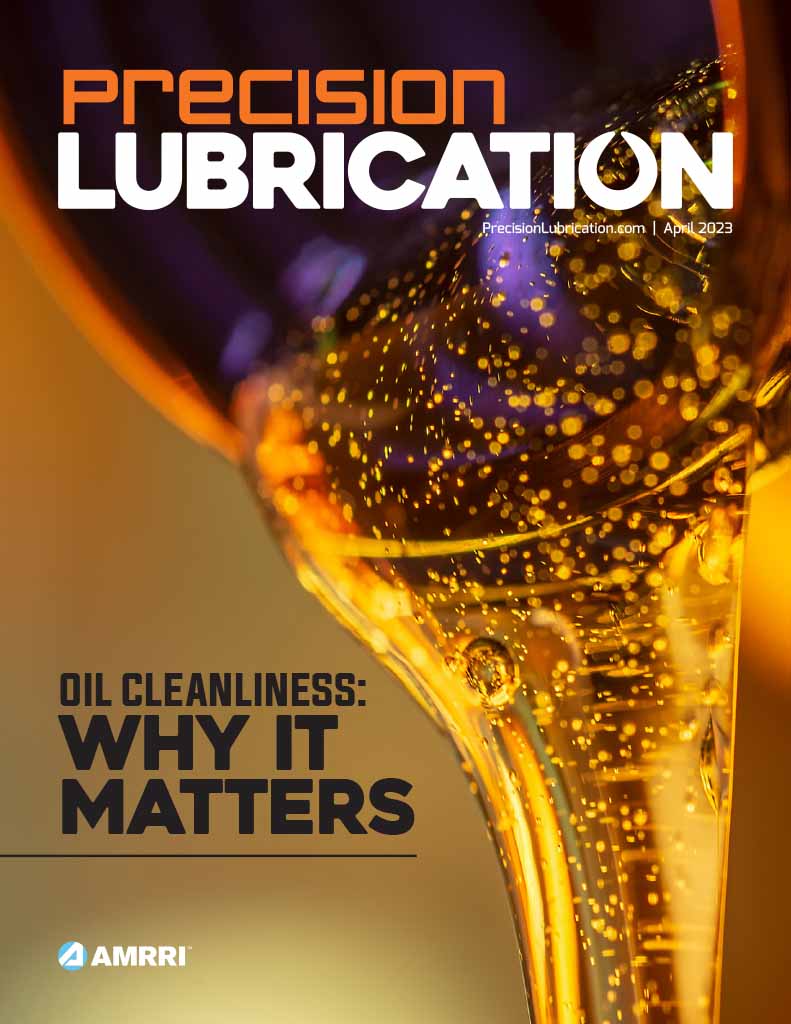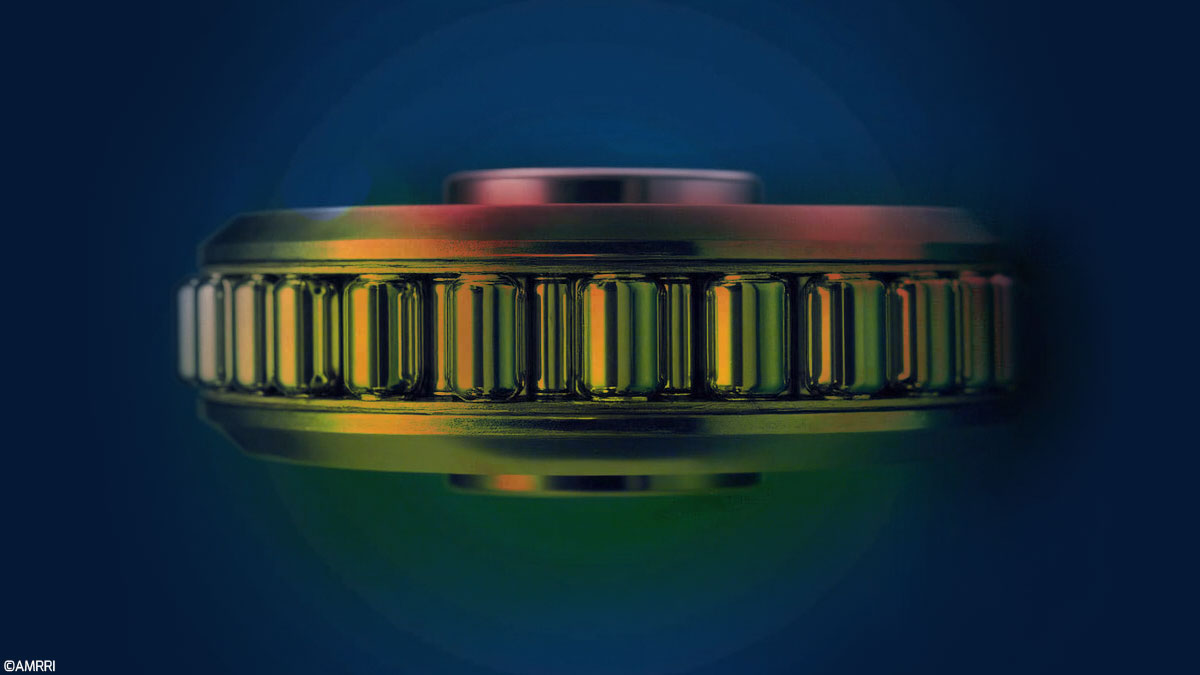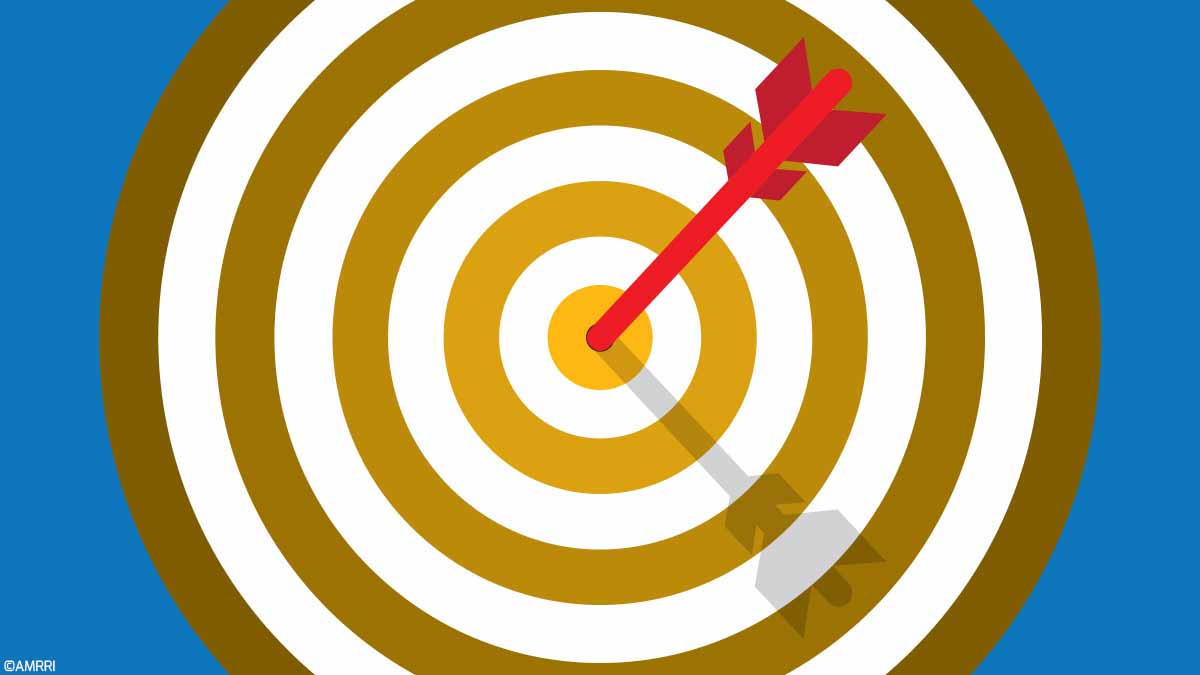Maintenance teams are entering a new era, one where data-driven insights enable automation and transform how equipment health is monitored and maintained. For years, the industry has been moving from preventive maintenance to predictive maintenance, but what’s next?...
Lubricant Analysis
How EGR Failures Destroy Engines – and How Oil Analysis Detects Them
The EGR (Exhaust Gas Recirculation) system recirculates a fraction of the exhaust gases into the intake manifold to lower combustion temperature, reduce NOx emissions, and, in some cases, improve fuel consumption in both diesel and gasoline engines. This recirculation...
Why Drain-Based Oil Sampling Breaks Trends, Decisions, and Quality
Oil analysis is one of the most potent tools in proactive maintenance and asset management. However, its effectiveness depends fundamentally on one critical factor: the quality of the collected sample. Even today, many professionals still take samples directly from...
Ferrous Density and Particle Counting: Building a Balanced Strategy
I had a laboratory manager, over twenty years ago, complain to me that he wished I would stop pushing particle counting, as he was getting annoyed by clients asking for it after my courses. In his view, particle counting was necessary primarily for hydraulic oils and...
How Acid Number and Base Number Reveal the True Health of Diesel Oils
Lubrication analysis plays a vital role in predictive and preventive maintenance for diesel engines. Among the most informative tests available are Acid Number (AN) and Base Number (BN), two complementary measurements that provide insight into oil health, additive...
How to Extend Oil Drain Intervals Safely Using Condition Monitoring
What is Condition Monitoring and Why Is It Important? In this age of artificial Intelligence and sensors that pop on and off, we often forget about the basics and where things all started. Condition monitoring began as a way to detect anomalies in our equipment using...
How Advanced Analysis Detects Varnish That Labs Overlook
Varnish remains one of the main causes of premature failure in lubricants in service in turbines and compressors, and with a highly harmful effect on the mechanical components of the system. It is estimated that the failure of a gas turbine caused by the presence of...
Data-Driven Strategies to Optimize Lubricant Drain Intervals
If your maintenance strategy includes getting more life out of your lubricants while ensuring equipment reliability, then optimizing, not merely extending, your oil drain intervals should be your focus. The term "optimize" is preferred over "extend" when discussing...
How to Set Oil Cleanliness Targets That Extend Gearbox Life
Solid Particle Cleanliness In my previous articles, I have discussed how to achieve cleanliness within gearboxes and pumps, examining the entire aspect of solid particulate contamination ingress. However, I was recently asked by an engineer following the above...
Why Oil Filter Analysis Should Be in Every Reliability Program
Condition monitoring tools such as vibration analysis, ultrasound, oil analysis, and thermography are mainstays of a condition-based maintenance strategy, each providing a unique perspective on the health of critical rotating and reciprocating assets. Vibration...













